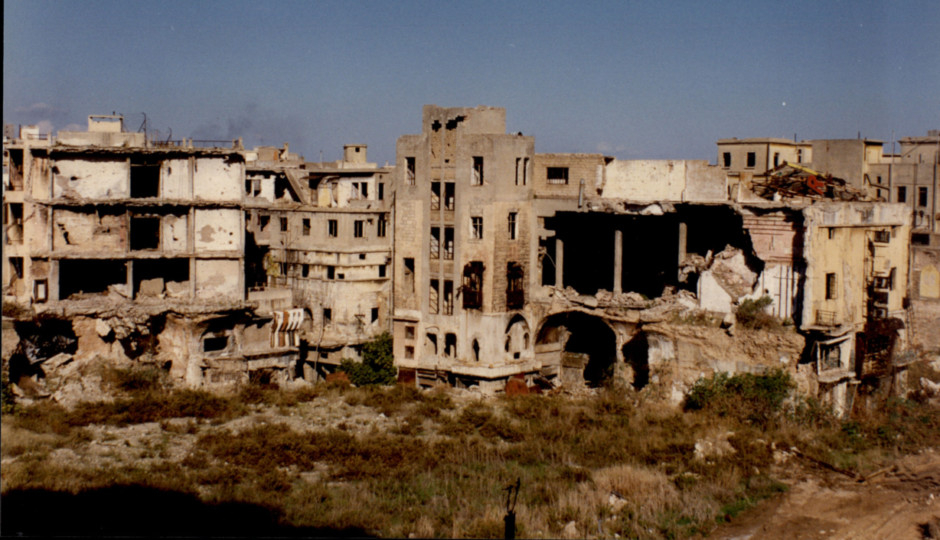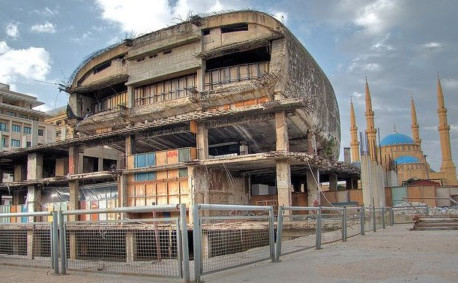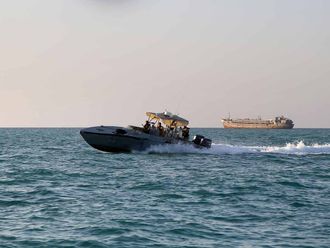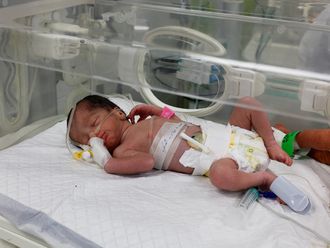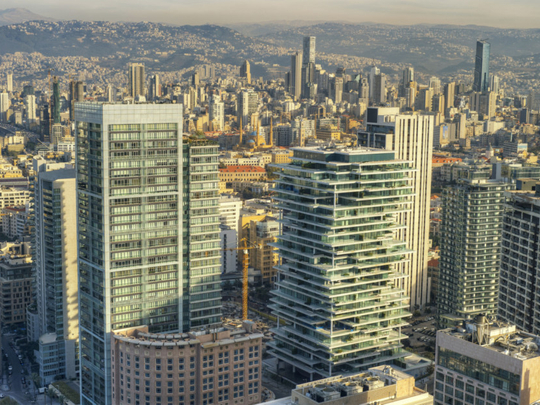
Beirut: Beirut streets provide sightseers with a unique and rich panoroma of the old and new.
What was destroyed during Lebanon’s gruelling 1975-1990 civil war, has now been largely-reconstructed—particularly the downtown area.
Luckily some of the city’s charming and historic architecture—absorbed from the time of Ottoman and then French colonial rule—was spared from being razed.
Solidere architects, responsible for the astonishing reshaping of Beirut’s downtown area, preserved and even reconstructed many historic buildings that were either entirely destroyed or heavily damaged during the conflict, while simultaneously, existing Ottoman and French mandate buildings elsewhere throughout the city were torn down to give way to more profitable skyscrapers.
Although Solidere, a construction company founded in 1994 by assassinated Prime Minister Rafik Hariri has been the main target of criticism for its haphazard urban planning which raked in large profits, it is not the only company tearing down historic buildings in Beirut.
From east to west Beirut, many old structures have been flattened to give way to fancy multi-story buildings that few Lebanese can afford to purchase or even rent.
Many are saddened by the slow disappearing of Beirut’s unique architectural heritage. They argue that reconstruction can take place without disrupting the city’s history and charm if there was an official urban planning law.
But this was not always the case. A full-fledged Ministry of Planning existed until 1977, until it was replaced in 1992 by the Council for Development and Reconstruction, under Hariri. At the height of post-war reconstruction, he secured substantial foreign investments that accelerated the rebuilding of damaged or destroyed infrastructure which many Lebanese praised and looked the other way when his Solidere company was raking in exhorbant profits.
Today, the same sentiment is felt although people are becoming more aware and angry over what has been allowed to happen. They now decry the many high rise buildings which have dwarfed much of the city’s charming older buildings. The absence of an urban planning law means that there are no formal height restrictions, which allows architects to aim high.
In trendy sections of the city like Ashrafieh or Gemayze, where narrow streets create traffic nightmares, 30- to 50-storey towers are increasingly becoming the norm.
Sama Beirut in Ashrafieh is a case in point as the brand new 50-storey building replaced a four-storey French mandate art deco building.
Similar structures rose in the hotel district, where a 2,500 year-old Phoenician shipyard was completely destroyed in 2012 to give way to “Venus Towers” a trilogy of buildings located in the Marina Solidere district.
“Save Beirut Heritage” and “L’Association pour la protection du patrimoine libanais” [The Association to Preserve Lebanese Heritage] pleaded with then Minister of Culture Gaby Layoun to preserve the site but they lost their battle when concluded that “the site had no historical value whatsoever”.
This pattern has been replicated all over the city.
“Beirut Terraces” in front of the 50-year old restored Phoenicia Hotel is a vertical village composed of thin platforms layered in an irregular formation, right next to a Versace-designed residential complex, both of which replaced old Ottoman style structures.
Other historic buildings were ripped down and replaced with towers that will gradually dwarf the few remaining shorter edifices.
One of the last pre-civil war structures still standing in downtown is the 1960’s egg-shaped Al Baydah movie theatre which was heavily damaged during the civil war.
It is now owned by the Abu Dhabi Investment House but its fate remains unknown as no formal plans have been announced to renovate or replace it.
It is currently surrounded by brand new high rises that are dramatically changing the landscape, which lead many to believe it too will be turned into a skyscraper although some rumours have alleged that Al Baydah will be preserved.


